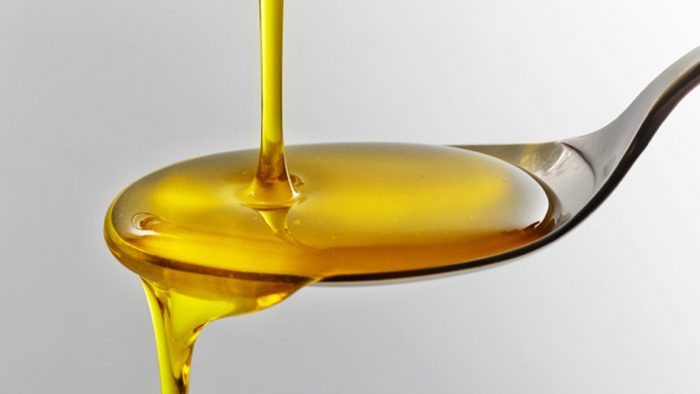Dietary recommendations of fats and oils
Depending on the type of fats and oils, they can either be implicated in the development of a disease or one that can prevent diseases that may be caused by another kind of fat.
For instance, fats and oils have a very significant role to play concerning the health of the arteries, the heart, and the brain. This is occasioned by their involvement in the formation of arteriosclerosis. As we already are aware, this is the deposition of plaques on the arteries that eventually lead to the blockage of the vessels. The blockage of the vessels results in coronary artery disease, heart attack, and stroke.
The type of fats implicated in the formation of arteriosclerotic plaques is saturated fats, trans fats, cholesterol, and triglycerides.
As stated earlier, cholesterol is not appreciably water-soluble and to be transported in the bloodstream, which is predominantly water-based, it has to be bound to lipoproteins. Two major kinds of lipoproteins that we are interested in are the Low-Density Lipoprotein (LDL) and the High-Density Lipoprotein (HDL). When cholesterol is bound to LDL, we have what is known as LDL-Cholesterol. HDL bound to cholesterol is known as HDL-cholesterol. The LDL when bound to cholesterol is referred to as ‘bad’ LDL-cholesterol and if it is bound to HDL, it is known as ‘good’ HDL-cholesterol. Cholesterol is never bad or good but this description has been given because of the direction of transport of cholesterol when it is bound to the lipoproteins. The LDL, which transports cholesterol from the liver to the cells, increases the risk of plaque formation as cholesterol accumulates in the blood vessels. On the other hand, the HDL transports cholesterol from the cells to the liver where it is excreted in the bile. What this means, is that, if there is more HDL-cholesterol in circulation, the risk of arteriosclerosis and heart disease will be significantly reduced. When LDL-cholesterol becomes higher, therefore, the risk of arteriosclerosis and heart attack increases.
In considering what kind of fats and oils one should be eating, the effect of the diet on HDL or LDL must never be overlooked. For example, trans fats increase LDL-cholesterol and decrease HDL-cholesterol. Polyunsaturated and monounsaturated fatty acids represented by omega 3 and 6; increase HDL-cholesterol, while decreasing LDL-cholesterol. Saturated fats increase both the ‘bad’ LDL-cholesterol and the ‘good’ HDL-cholesterol.
We also need to remember that the consistency of the fats and oils differentiate between the animal fats and plant fats. Animal fats, mainly saturated fats are solid at room temperature, while the plant fats, more often referred to, as oils are liquid at room temperature. Trans fats, which are solid at room temperature, are partially hydrogenated fat and have been described as the worst kind of fat a human being can consume. Trans fats increase LDL-cholesterol and decrease HDL-cholesterol. Examples of common trans fats are margarine and shortening. These along with oils that are used for deep-frying of things such as potatoes and chicken should be avoided.
Saturated fats tend to increase the level of cholesterol in the blood and for this reason, nutritionists advise that this kind of fats, if not avoided completely should be eaten less frequently. To be sure, I have reproduced the sources of saturated fats as a guide for us: Fatty portions of red meat, pork, chicken, and turkey eaten with the skin, butter, dairy products such as whole milk, cheese, cream, and fried and baked foods. Some prepared foods, for example, sausage, pizza, and desserts are also high in saturated fats. There are certain oils from plants like palm oil, palm kernel oil, and coconut oil that are saturated fats but do not contain cholesterol.
The best kind of fatty acids are monounsaturated and polyunsaturated fatty acids. They both increase HDL-cholesterol and decrease LDL-cholesterol. They also reduce the risk of arteriosclerosis, coronary artery disease, heart attack, and stroke. Examples of these are omega 3 and 6 and they can be found in such plants as almonds, hazelnuts, macadamia nuts, peanuts, pecans, cashew nuts, avocados, and olives.
Polyunsaturated fats are predominantly found in flaxseed, walnuts (roasted), pumpkin seeds, sesame seeds, and sunflower seed. They are also found in freshwater fatty fish such as salmon, tuna, herring, sardines, mackerel, and trout.
As I bring this article to a close, the recommendation is: Eat more of the unsaturated fatty acids – omega 3 and 6, less of saturated fats, and none of the trans fats.








